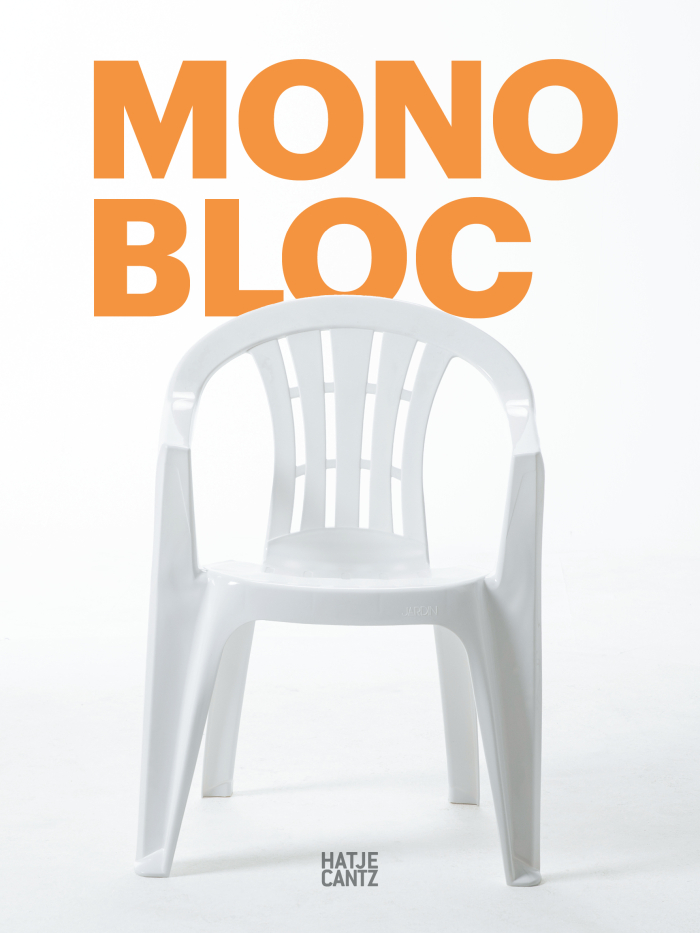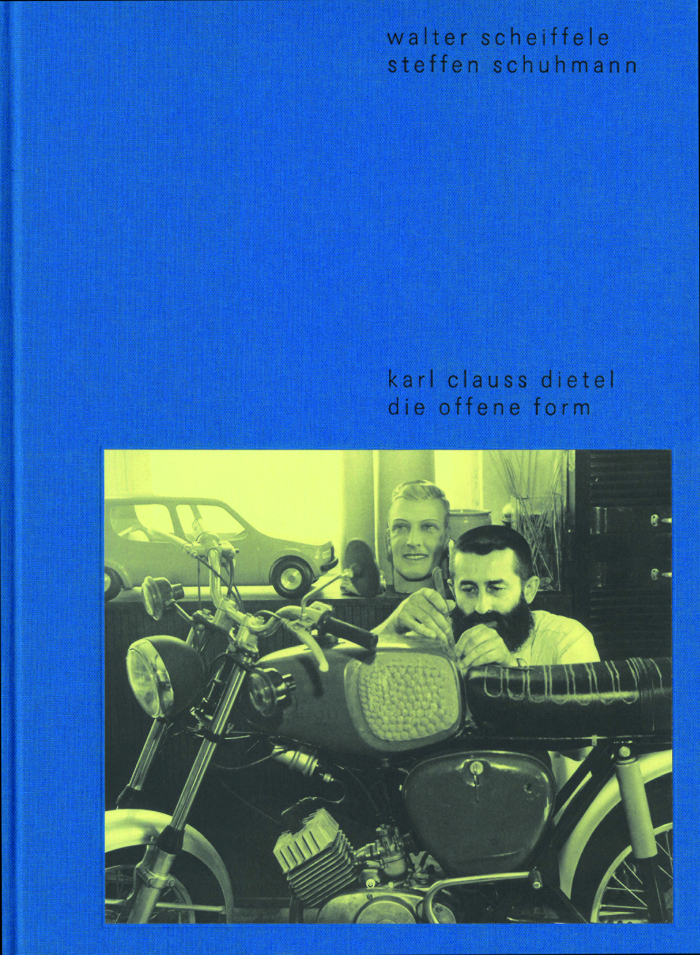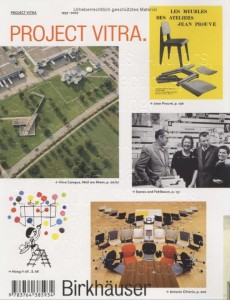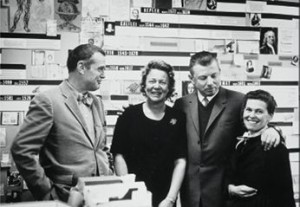Category: Design Books
Monobloc by Hauke Wendler
With furniture, as with so much in life, it is rarely the showy, high profile, works, or individuals, that teach us most, but those works, and those individuals, who in their anonymity and modesty accompany us in invisible silence.
Or rather the anonymous and quiet could teach us most, if we spent less time being distracted by, letting ourselves willingly be distracted by, the noise of the showy.
With the project Monobloc author and director Hauke Wendler, and a team of co-collaborators, offer us all an opportunity to focus on, and learn from, an object we’ve all seen and used, but only rarely, if ever, openly engaged with…….
karl clauss dietel. die offene form by Walter Scheiffele and Steffen Schuhmann
It is perhaps indicative of the differing receptions to and estimations of design in the former West Germany and the former East Germany that while Dieter Rams’ Ten Principles of good design are revered as if cast in stone, Karl Clauss Dietel’s Five Big Ls of good design have barely seen the light of day since November 1989.
A popular focus on the former West which tends to popular understandings of design from West Germany as being valid and authentic and laudable, while design from East Germany is reduced, denigrated, to cartoon Ostalgie.
With karl clauss dietel. die offene form Walter Scheiffele and Steffen Schuhmann allow one to approach more probable understandings both of the (hi)story of design in the former East Germany and of Karl Clauss Dietel’s position in the (hi)story of design, and in doing so stimulate a re-evaluation of the receptions to and estimations of design in and from East Germany…….
(smow) bookcase: A Taxonomy of Office Chairs by Jonathan Olivares
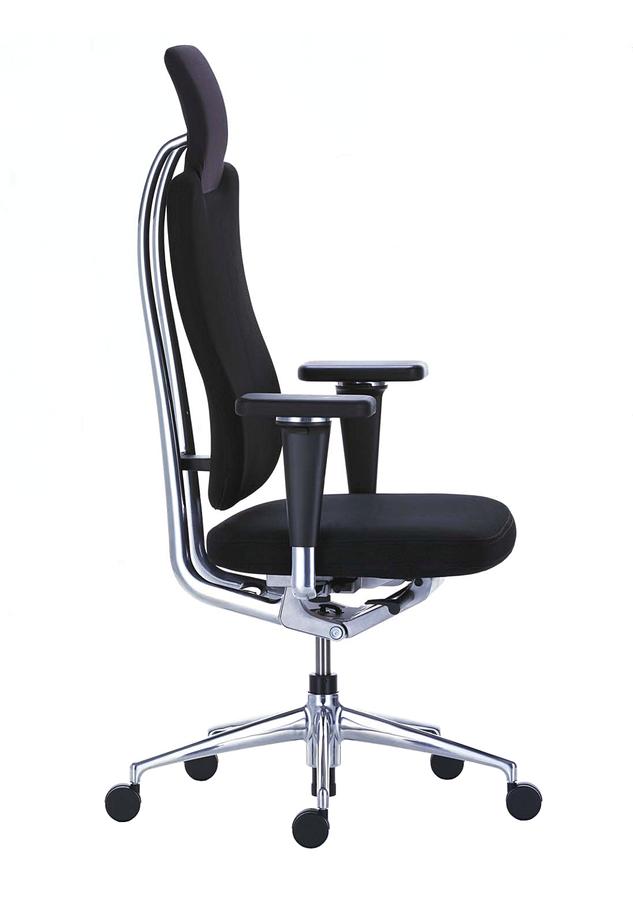
As we recently noted, summer is slowly giving way to autumn and with it the realisation that long sunny days
(smow) reading: The Vitra Campus – Architecture Design Industry
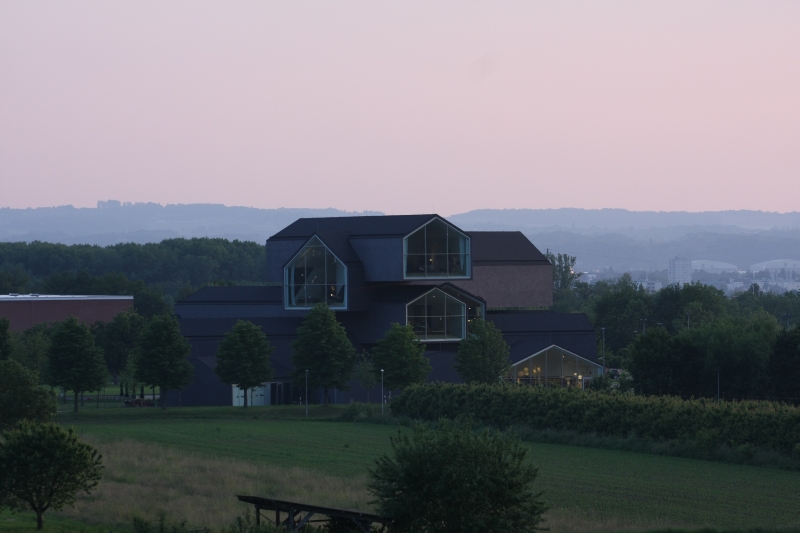
There is an old adage about turning problems into chances, of every cloud having a silver lining, of every thorn
(smow)blog compact: Ungers Archiv für Architekturwissenschaft Cologne: Ex Libris with Louisa Hutton and Peter Cachola Schmal
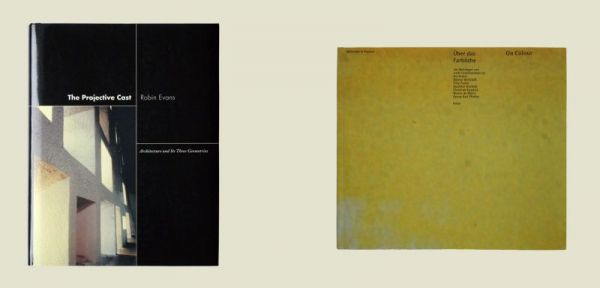
“Colour contributes towards enriching the sensitivity, the poetic resonance and harmony of architecture. Colour means a considerable extension of the
(smow)blog compact. Depot Basel: Changes – Chancen
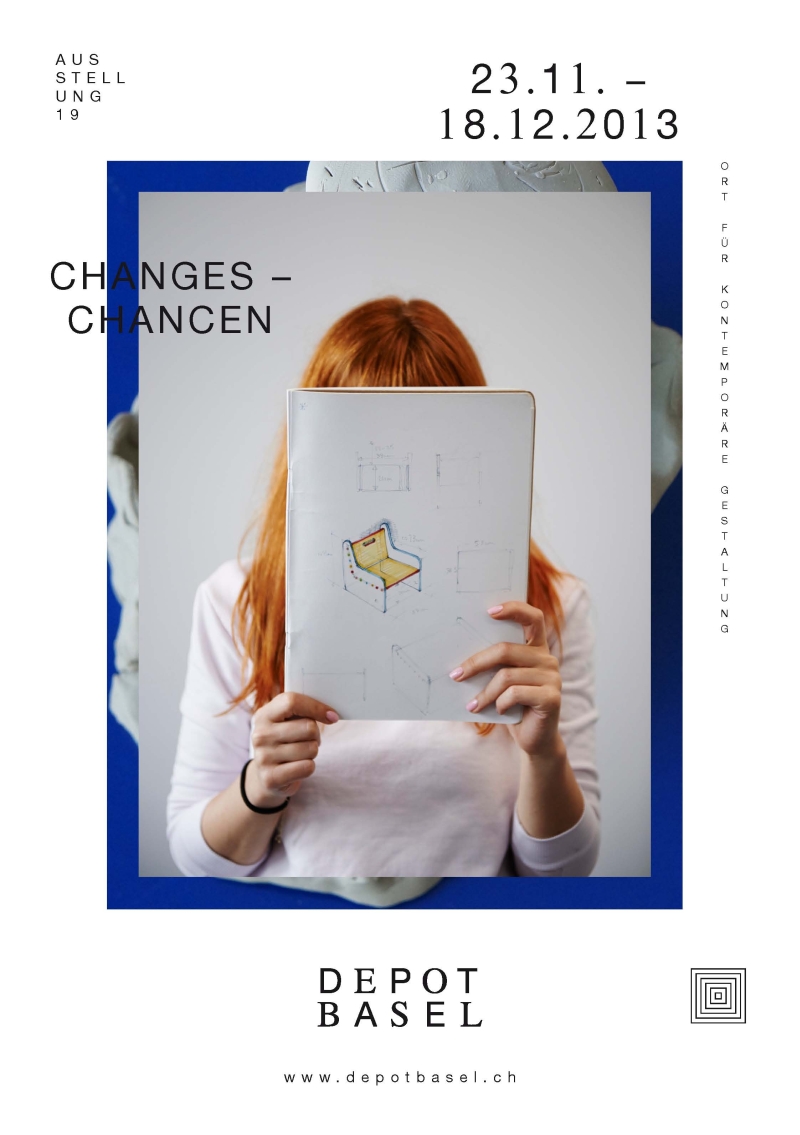
On Friday November 22nd Depot Basel open their new exhibition, Changes – Chancen. At the beginning of September 2013 the
Max Borka: Form Follows Foco. 100 Snapshots of Guerilla Survival Props
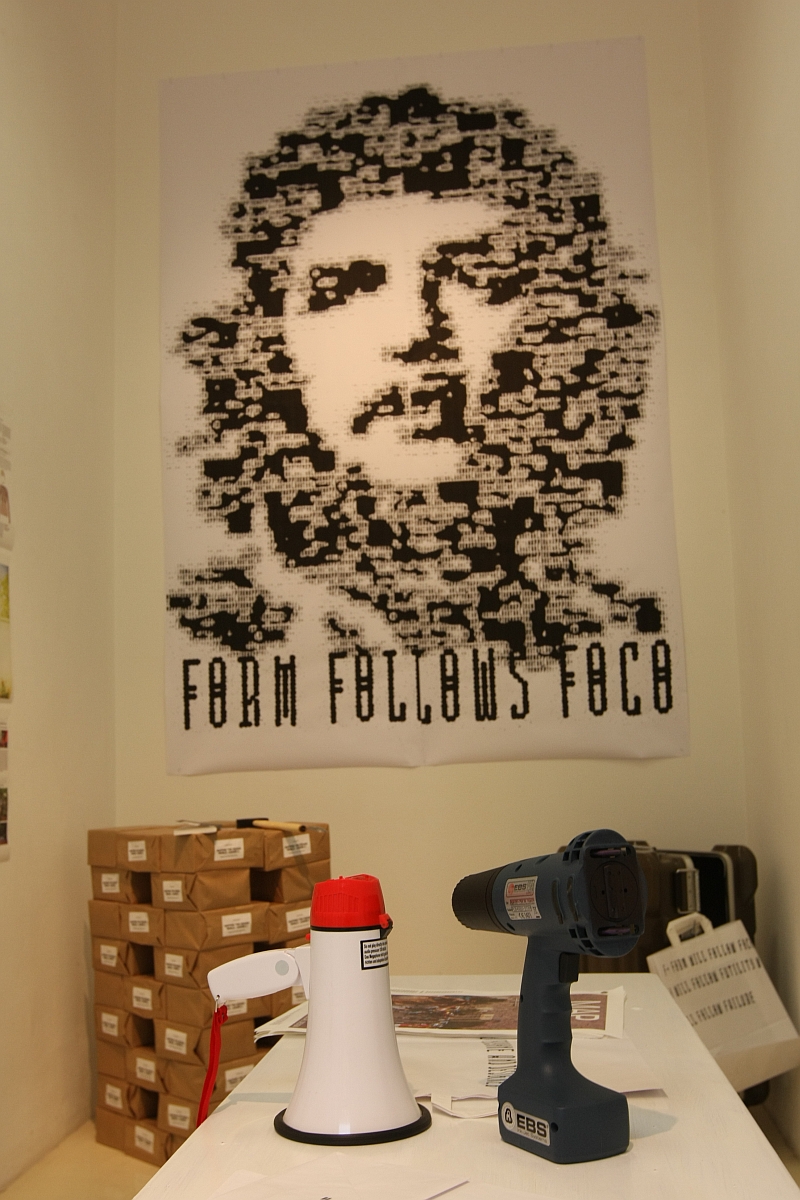
In our post from the exhibition Made in Slums – Mathare Nairobi at the Triennale Design Museum Milan we referred
Ungers Archiv für Architekturwissenschaft Cologne: Ex Libris – Ex Loco with Volkwin Marg and Hartmut Frank.
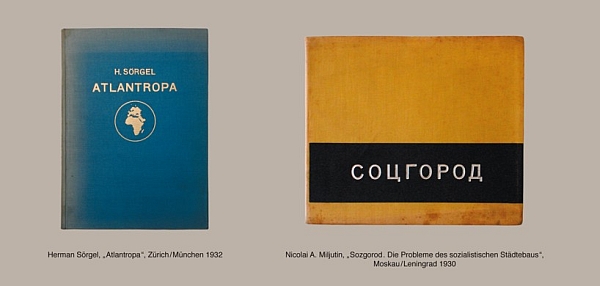
On September 3rd the Ungers Archiv für Architekturwissenschaft Cologne present the latest edition of their Ex Libris series. This time Ex
Ungers Archiv für Architekturwissenschaft Cologne: Ex Libris with Rem Koolhaas and Stephan Trüby
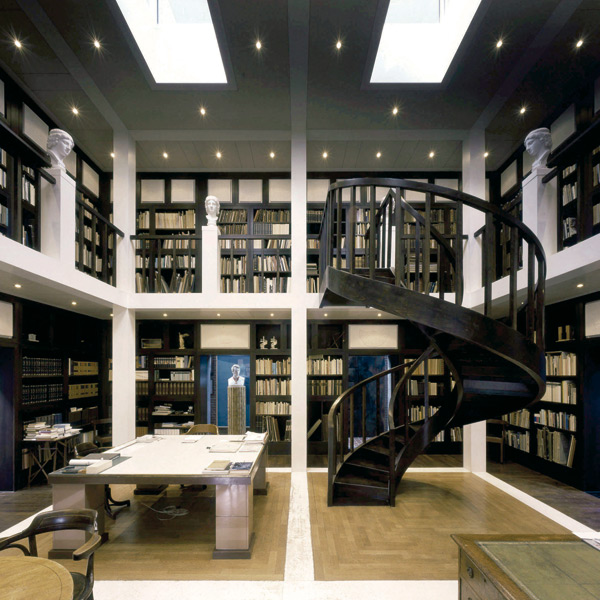
On Friday March 22nd the Ungers Archiv für Architekturwissenschaft Cologne present a new edition of their Ex Libris series. We
Lost Furniture Design Classics: How to live in a Flat by W. Heath Robinson and K. R. G. Browne
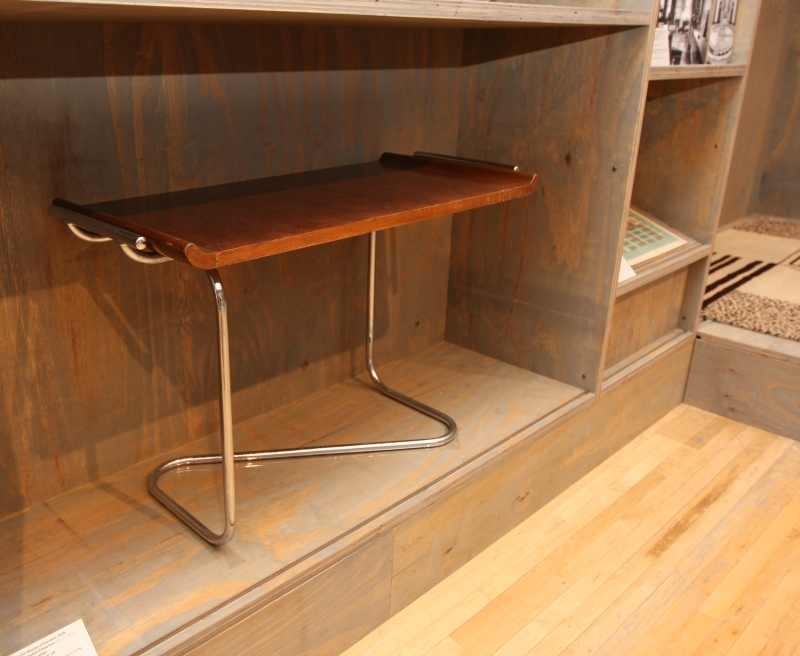
If you visit the London Design Museum’s new permanent collection exhibition “Extraordinary Stories About Ordinary Things” you will be treated
“One Hundred An Experiment on Myself: A Designer’s Reckoning With Things” by Moritz Grund

A couple of years ago we stood in a branch of a major German electronics chain in disbelieving silence. An
Gareth Williams: 21 Designers for twenty-first century Britain
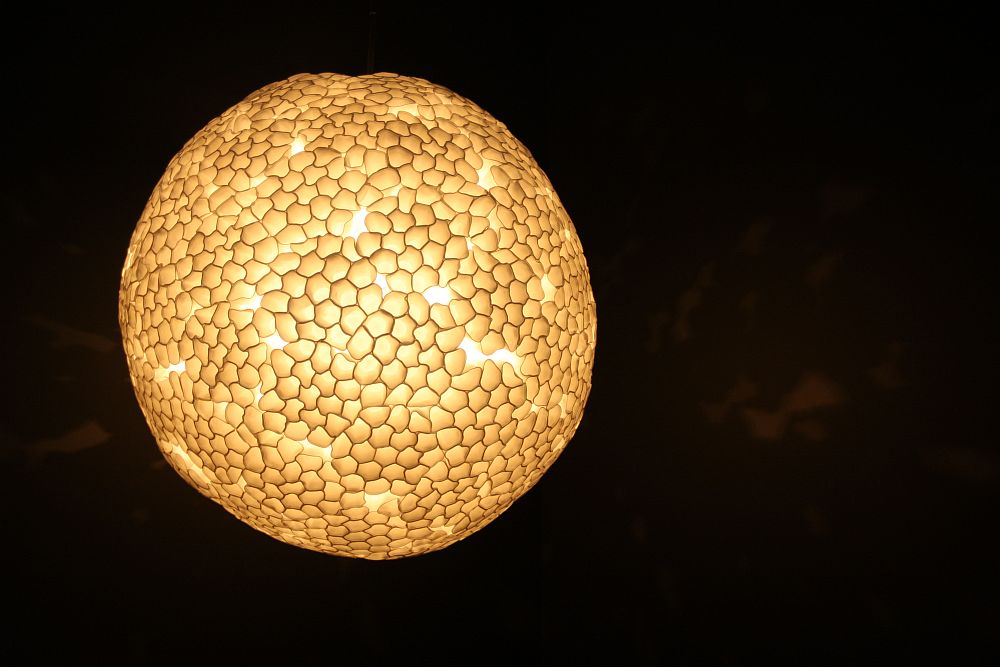
The V&A Museum London exhibition “British Design 1948-2012” pretty much does what it says on the tin. It reviews British
Bauhaus Travel Book. Weimar. Dessau. Berlin
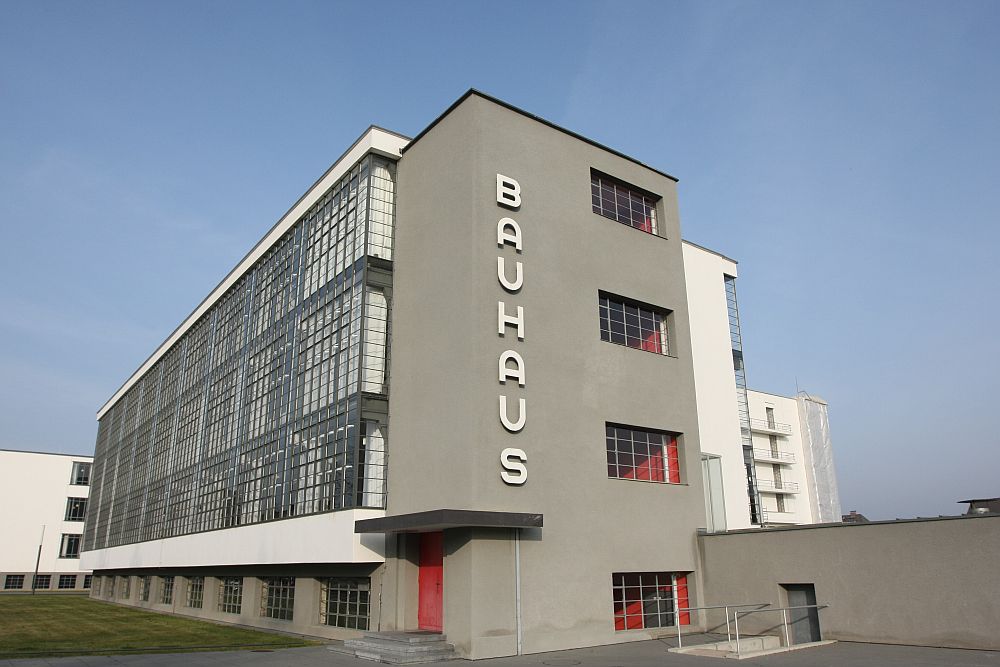
Bauhaus travelled a lot. Not only itself as an institution, but also in terms of the dispersion of its students
The travels of Verner, Panton Chair junior.
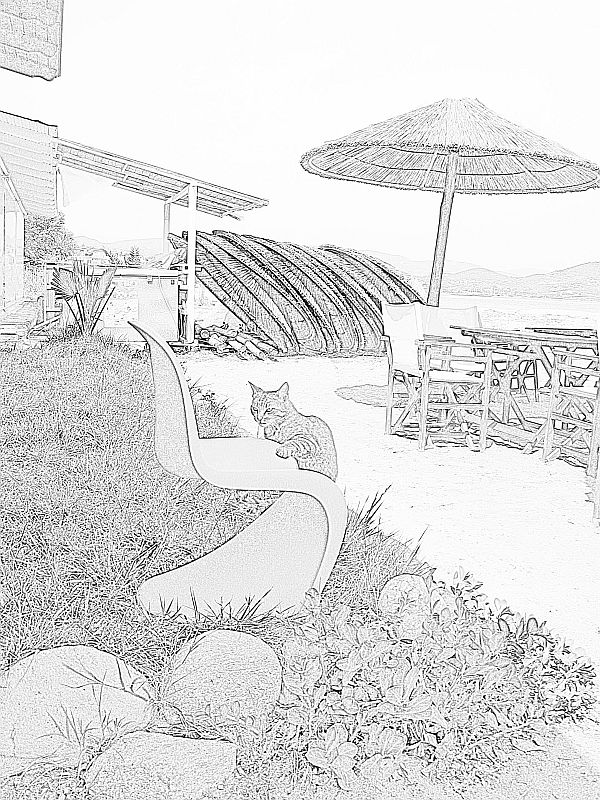
One of the most famous – and arguably professionally relevant – phases in Verner Panton’s life was his journeys through
(smow)offline: Moleskine Hand of the Designer
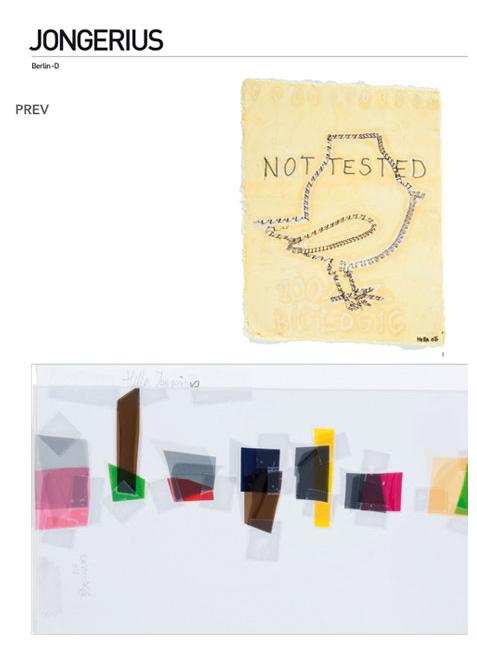
One of the real joys of spring is that two of our favourite worlds nearly, but very nearly, collide –
smow offline: Project Vitra and the art of good reading
The snow is back in Leipzig and so whereas the weekend was spent enjoying the warm spring air – the evenings are now being spent enjoying the warm living room and a good book.
And so it’s just as well we were recently at Leipzig book fair.
Among the seemingly endless piles of new historical novels, travel guides – each, naturally, with the best insider tips – and Harry Potter wannabes there was also a few title that appealed to us.
“Project Vitra” from Rolf Fehlbaum und Cornel Windlin for Birkhauser is not only an interesting stroll through the history of Vitra – without question one of the world’s most important and creative designer furniture houses – but is also a design classic in it’s own right.
It was shortlisted in the graphics category for the Brit Insurance Design of the Year Award 2009, and won a bronze medal in the “Best Book Design from all over the World 2009” organised by the German foundation “Stiftung Buchkunst“. The prizes were awarded at a ceremony in Leipzig during the book fair.
The “Project Vitra” story began in 1957 in Basel and Weil am Rhein and can more or less be summarised as: Willi and Erika Fehlbaum meet Charles and Ray Eames and start making furniture.
And they haven’t really stopped.
In the intervening 50+ years Vitra have worked with designers as varied and individual as Jean Prouvé, Jasper Morrison, Antonio Citterio and Verner Panton. To name just five.
“Project Vitra” chronicles the decades and the creations and in doing so elucidates not only the Vitra story but also the philosophy which has guided Vitra since its establishment.
Writing in the Vitra Magazine in January, Rolf Fehlbaum – company Chef and son of grounders Willi and Erika – explained part of this philosophy; namely, the importance of the “individual authorship” of articles and the importance of the relationship between designer as “author” and Vitra:
“Vitra works with independent “authors” – primarily with designers, but also with architects and graphic artists. What distinguishes the work of these people from that of other designers is the fact that their personal imprint and outlook is reflected in every one of their products.
In contrast, designers in fixed employment must adapt their personal interpretation to the requirements of the client. We do not define our roles in terms of client and contractor. Two business partners – the designer and Vitra – embark on a common quest for an optimal solution. Vitra’s task is to provide a stimulating environment, technical support, conceptual input and constructive criticism.”
A classic example of this process is the Panton Chair by Verner Panton which went through numerous design and prototype phases – all the result of the cooperation between Vitra and Panton – before the final, and widely copied, design was completed.
In “Project Vitra” the importance of this relationship and the eternal conflict between creative drive and commercial survival is wonderfully , and aesthetically, documented.
“Project Vitra” is not a book for cover-to-cover reading, and at 800 pages we wouldn’t recommend it – it is however a wonderful reference book for all who enjoy quality designer furniture, want to learn more about how design classics are created or who simply enjoy good photography.
Or for those who are looking to escape the late march Leipzig snow with a glass of Tempranillo and an exquisitely laid-out and designed book.
smow don’t stock “Project Vitra” but it can be ordered direct from the Birkhauser.
